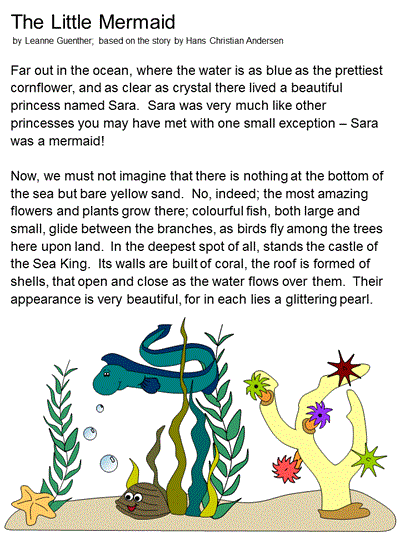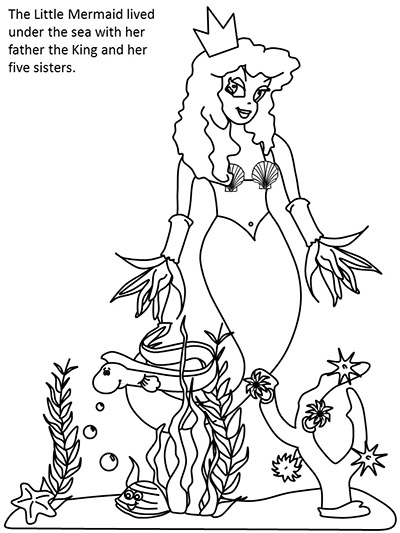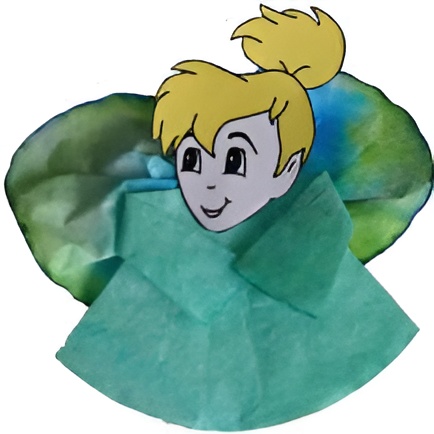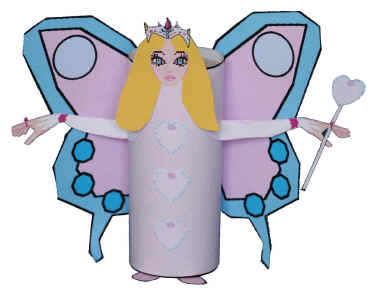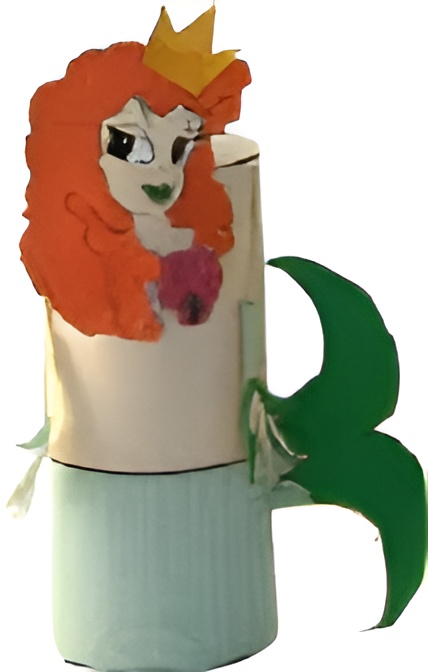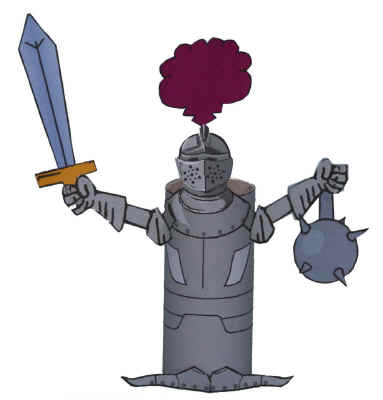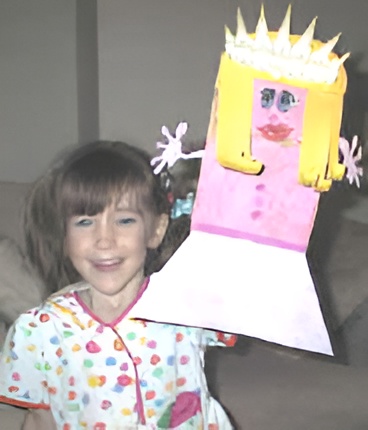DLTK's Fairy Tales Activities
The Little Mermaid
Hans Christian Andersen was a storyteller and poet who lived in Denmark from April 2, 1805 - August 5, 1875. His most famous works include such Fairy Tales as The Little Mermaid, The Emperor's New Clothes, The Ugly Duckling and Thumbellina. A small bronze statue of the Little Mermaid was created by Edvard Erikson and still sits in the water in Copenhagen, Denmark.
The Little Mermaid has been adapted and retold a number of times, including the 1989 animated film by Disney. The story on the website follows the original Hans Christian Andersen version.
When the Disney version of the story came out I was a bit disappointed. The original version was a childhood favourite of mine -- I loved the message -- and it was lost. Hans Christian Andersen's tale gave a message that should be taught to every little girl:
Sometimes you don't get the handsome prince. Sometimes another girl gets him -- she isn't evil -- she's a lonely princess looking for love just like you. And when you aren't the one the prince chooses, you can STILL live happily ever after!
Crafts to go with the Little Mermaid:
Little Mermaid Printable Resources:
Little Mermaid Creative Writing Printables:
Little Mermaid Worksheets:
The History of "The Little Mermaid"
"The Little Mermaid" is a fairy tale by Danish author Hans Christian Andersen, first published in 1837 as part of his collection "Fairy Tales Told for Children." The story follows a young mermaid who dreams of living on land and marrying a human prince, exploring themes of love, sacrifice, and transformation.
Plot Summary
The tale centers on a mermaid princess who lives in an underwater kingdom with her father, the sea king, and her sisters. Fascinated by the human world, she saves a prince from drowning and falls in love with him. To be with the prince, the mermaid makes a deal with a sea witch, exchanging her voice for legs. The condition is that she must win the prince's love; otherwise, she will die and become sea foam. Despite her efforts, the prince marries another, and the mermaid sacrifices herself, becoming sea foam but ultimately gaining an immortal soul.
Themes and Interpretations
"The Little Mermaid" is known for its exploration of complex themes, including the desire for love and acceptance, the pain of unrequited love, and the notion of self-sacrifice. The story's tragic ending differentiates it from many other Fairy Tales of the time, emphasizing Andersen's unique storytelling style and willingness to explore deeper emotional truths.
The tale has been interpreted in various ways, often seen as a commentary on Andersen's own life and unrequited loves. It also touches on themes of identity and the quest for belonging, resonating with readers of all ages.
Cultural Impact and Adaptations
"The Little Mermaid" has had a significant cultural impact and has been adapted into numerous forms of media. Some notable adaptations include:
-
Disney's Animated Film (1989): Perhaps the most famous adaptation, Disney's version of "The Little Mermaid" features a happier ending and a more family-friendly narrative, introducing characters like Sebastian the crab and Ariel's father, King Triton. The film was a critical and commercial success, revitalizing interest in animated Fairy Tales and leading to the "Disney Renaissance."
-
Ballet and Opera: The story has been adapted into various ballets and operas, each exploring the emotional depth and lyrical beauty of Andersen's tale through music and dance.
-
Theatrical Productions: Numerous stage adaptations have brought the story to life, often combining elements from Andersen's original tale and the Disney film to create engaging live performances.
-
Literature and Art: The story has inspired countless works of literature, art, and poetry, reflecting its enduring appeal and the richness of its themes.
Legacy
"The Little Mermaid" remains one of Andersen's most popular and enduring Fairy Tales, celebrated for its emotional depth and imaginative storytelling. Its themes of love, sacrifice, and the search for identity continue to resonate with audiences worldwide, ensuring its place as a timeless classic in the world of Fairy Tales.
